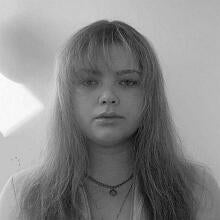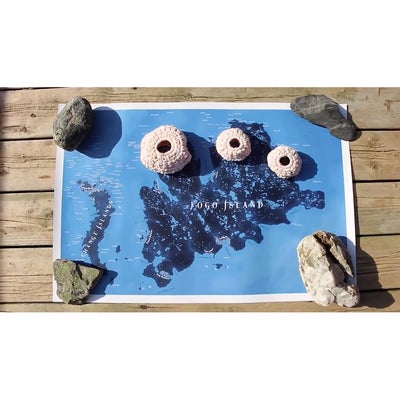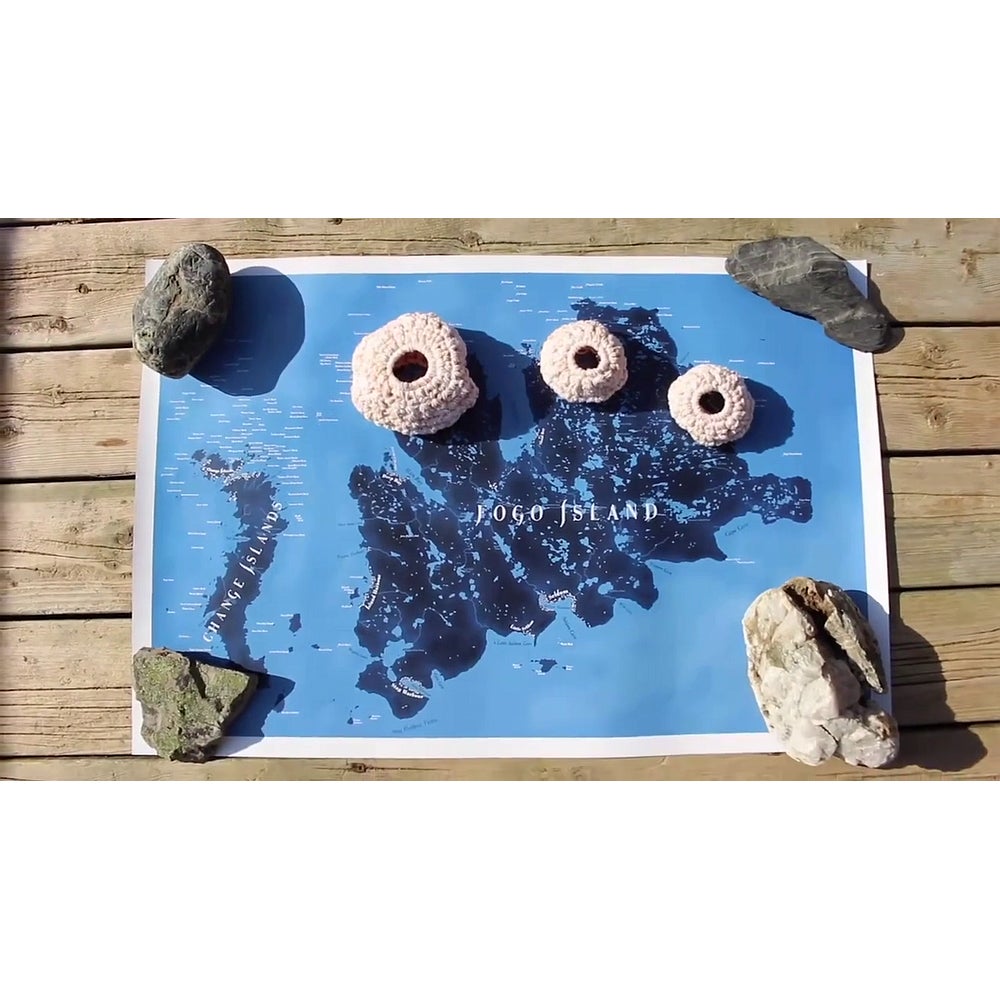
Email: shannonstehr@gmail.com
Instagram: shnonszn
Twitter: shnonszn
TikTok: shnonszn
Born 1999 and raised in Kitchener ON. In this body of work, Shannon Stehr’s images, objects, and vessels invite you to unravel, in part, the tightly wound stitching binding colonialist forms of production and community engagement. Through the material translation of handy-crafting and intuitive methods of research Shannon engages with her familial history (roots in Atlantic Canada, Newfoundland, and Western Canada, Southern Alberta) while synchronously placing herself within a broader narrative of cross-generational teaching, learning, and healing. Her practice is as informed by Albertan industrialized ceramics as it is by the East coast women’s craft collectives.
Artist Statement
My practice is equally informed by the creation of prairie town potter’s guilds, as it is by the initiatives of east coast women’s craft collectives. Through engagement with my familial history and archive (roots in Atlantic Canada, Newfoundland, and Western Canada, Southern Alberta), emerges a collection of vessels and images which place my sense of self, story, and, place within the broader narrative of cross-generational teaching, learning, and healing. Generations upon generations have encouraged handicraft practices as a material outlet for careful consideration and appreciation of arts and culture. It is my hope that the objects and video testimonies I produce may be a reminder of the channels through which we acquire new skills.
This work is guided by the traditional ideas of women as preservers — who restore all that is broken and forgotten. My own morality is encased in the work, as the residue of intuitive dying, weaving and manipulation. In this most recent body of work I present a visual dialogue between European colonial systems and my experience mending false narratives within them. My work is produced from a settler perspective and acknowledges the presence of the Beothuk, the Indigenous peoples who in the spring would often protect and live in the area of Fogo and Change Islands in Newfoundland, the place where my understanding of craft originates. My work is about the learning process, searching for opportunities to unlearn as I create.
Where I Go, To Go Home. 2021, video documentation of performed investigation with captions, dimension variable, 1:55
Shannon Stehr video 2
7 Rotations Around the Rock. 2021, indigo dyed cotton crochet vessel documented with sound and video, dimension variable, 0:35
Interview
How have your lived experiences informed your artistic practice?
Through the intimate handy-crafting of my artistic practice I engage with my familial history (roots in Atlantic Canada, Newfoundland, and Western Canada, Southern Alberta) while synchronously living my own. My visits to grandparents on opposite sides of the Canadian art and heritage landscape informs how I engage with work and produce my own. My practice is informed as much by the Albertan prairies as it is the east coast women’s craft collectives.
What does your work aim to say?
This
body
of
work
engages
with
salt-of-the-earth
maritimer
aesthetics
and
how
its
representation
in
visual
consumer
culture
has
manifested
in
my
own
lived
experiences,
as
the
granddaughter
of
Fogo
Islanders,
known
for
its
recent
surge
in
elite
two-tourism
markets.
In
this
body
of
work,
my
collection
of
images,
objects,
and
vessels
unravel,
and
in
part,
rework
the
tight
seams
of
Canada’s
colonial
history.
My
digital
translation
of
archives
from
my
familial
history,
combined
with
handy-craft
constructed
vessels
and
images
consider
the
resurgence
of
craftivism
narratives
of
cross-generational
teaching,
learning,
and
healing.
Do you have a favourite work of art that inspires you?
My work is informed by the arts-based initiatives of the Shorefast Foundation located on Fogo Island in Newfoundland. Their mission is to build cultural and economic resilience on Fogo island, where my family has always called home. The opportunities they create for artists, from within and from outside of the community, serves as a model for sustainable economic development. However I am also influenced by the scholarship of Ariel Sharratt, Clare Mitchell, and Laurie Brinklow, who consider the destructive effects that staged authenticity and geo-creative tourism will have on true culture or “islandness” of small island communities in the future. My work is produced from a settler perspective and acknowledges the presence of the Beothuk, the Indigenous peoples who protected and lived in and around the area of Fogo and Change Islands prior to European contact. I also recognize the ongoing injustice enacted by the Canadian government upon our Missing and Murdered Indigenous Women, Two-Spirits, and Children. Finally, my newest works are inspired by the “Educational Play” designs of Cas Holman, who hopes her toys will enforce our natural intuition and sensibility for play.
What is your usual art-making process like? What are your preferred mediums?
My work typically starts with a found object, phrase or old wives' tale from a sister or auntie. I then found materials and archives which act as the visual language for the project. Natural Indigo began appearing in my work as a print making material but has since become the source of colour for my home dying projects. Craft-making and gendered forms of making are of importance to me. I have grown up around communities of innovative and powerful women who use craft as a means of survival. I use these same techniques in the pursuit of answers: is it possible to maintain authentic identities in a colonial - consumer?
What made you want to pursue art?
I can’t stay away no matter how hard I try. Creatives are drawn to each other and my life is a reflection of that.
What are your plans for the future? How do you see your work evolving?
I see my work inspiring others to pick up their tools to dismantle, disarm, and connect. I see my community arts programming interest and my personal artistic practice harmonizing towards a career in decolonial and anti-racist education.

